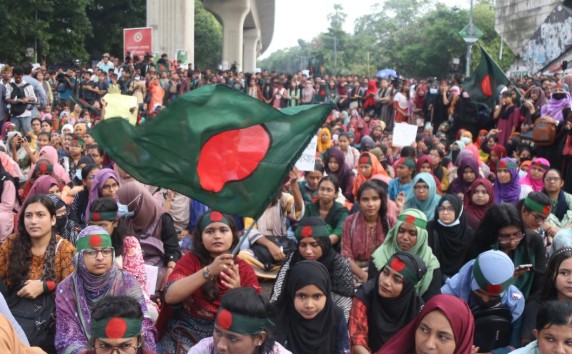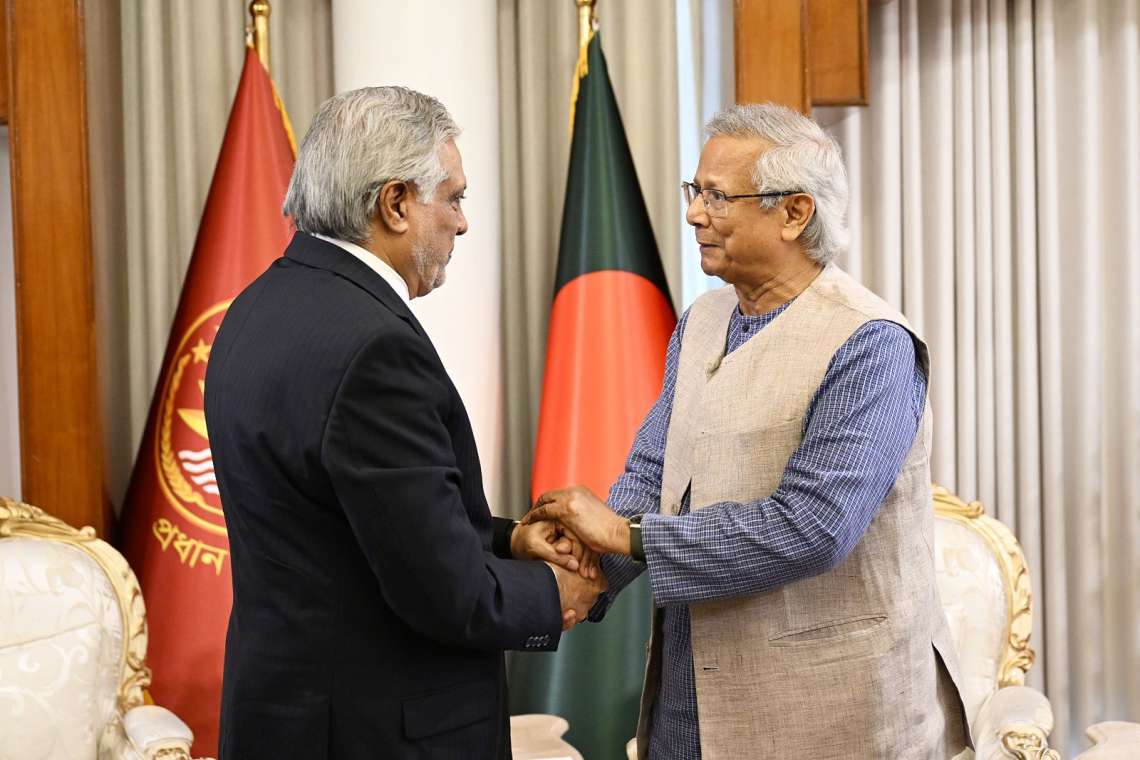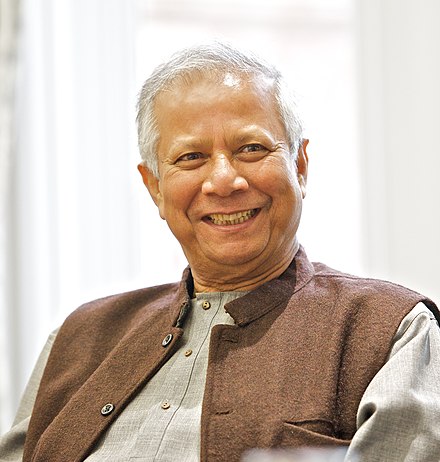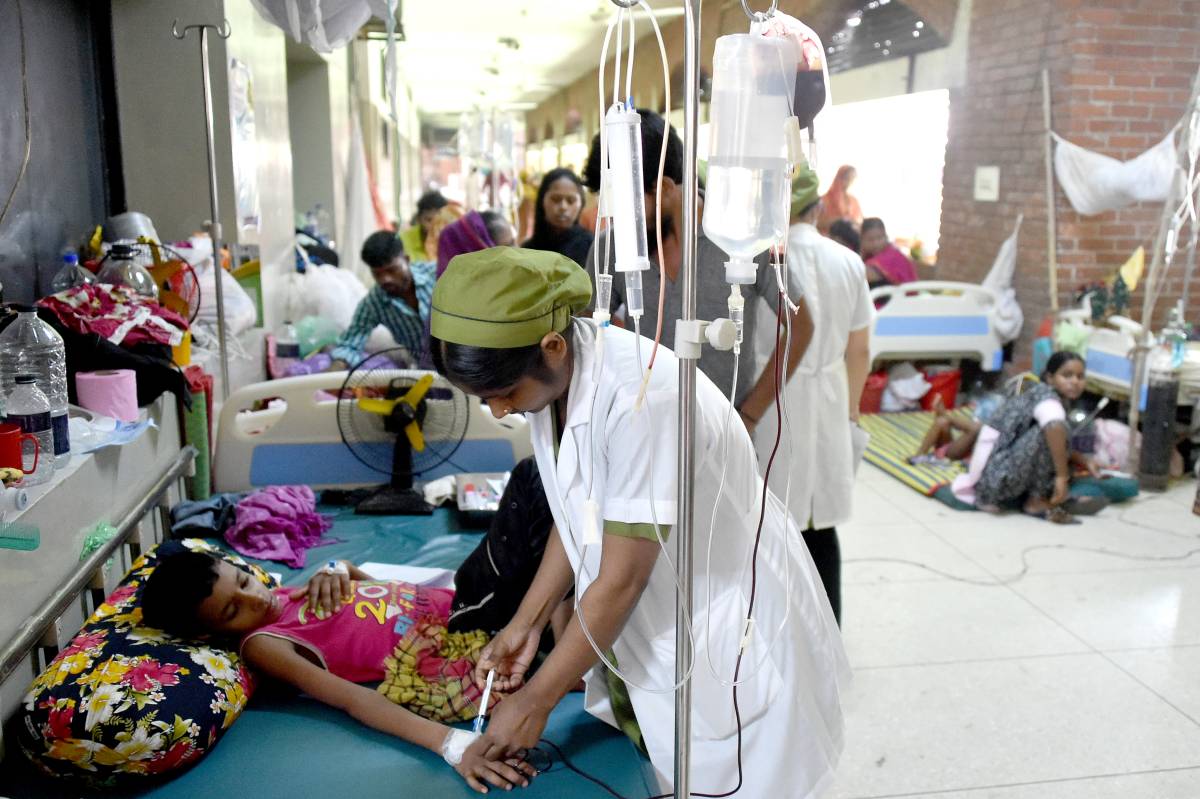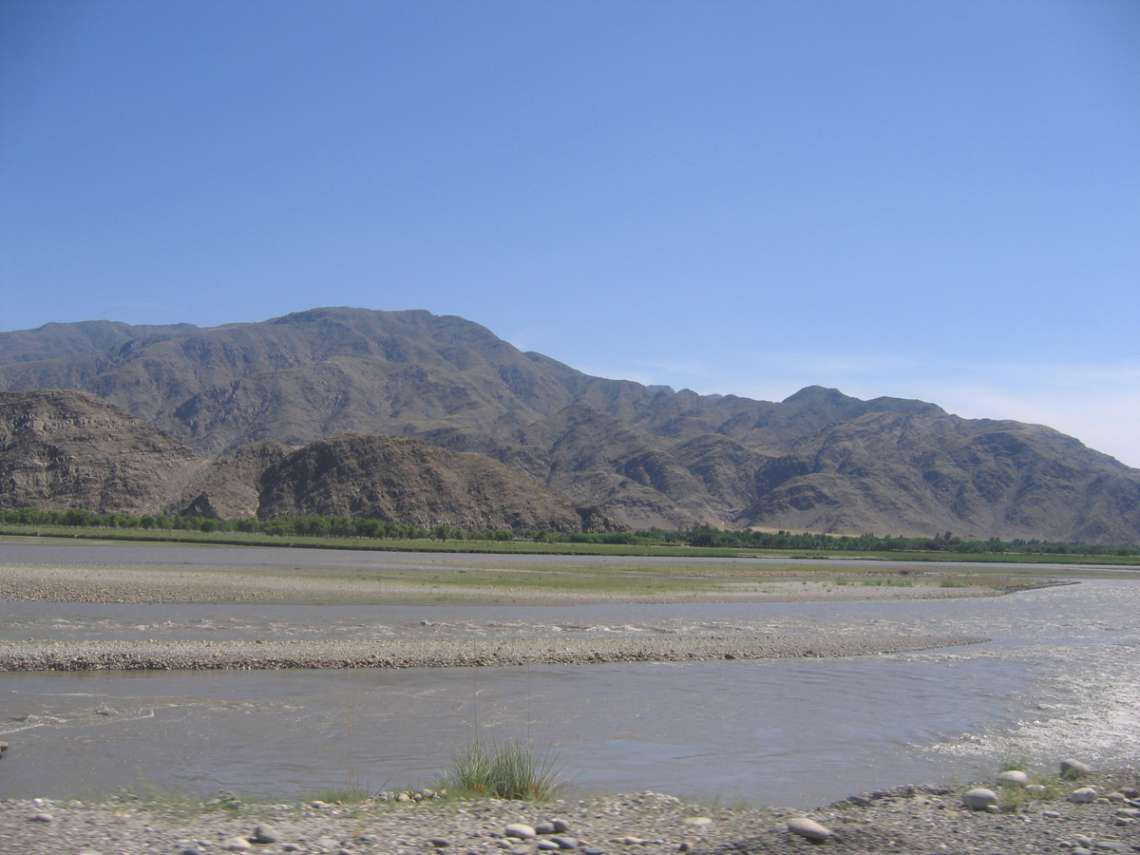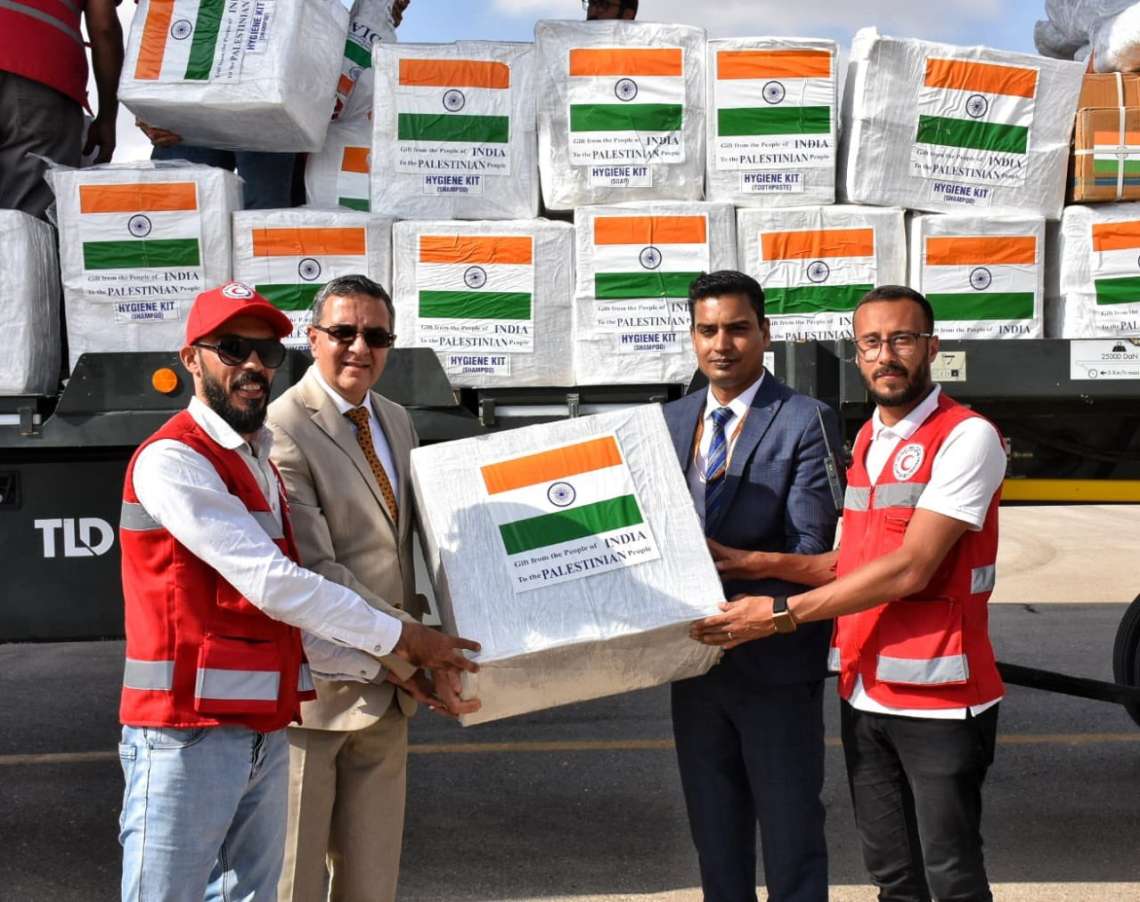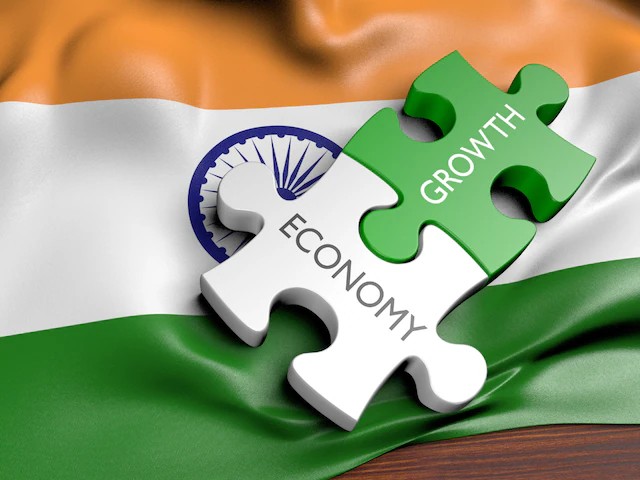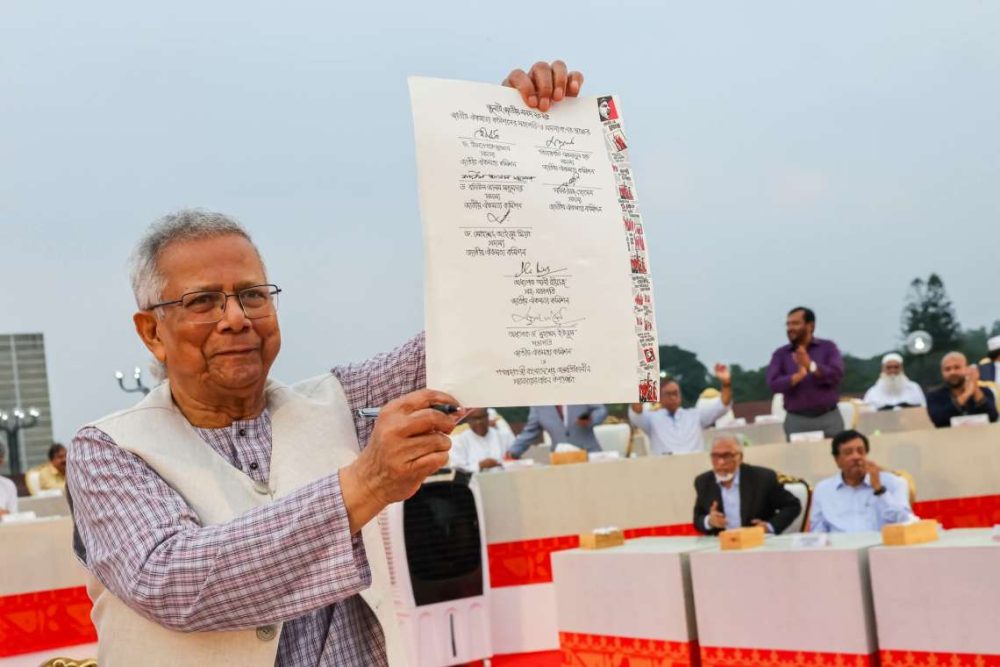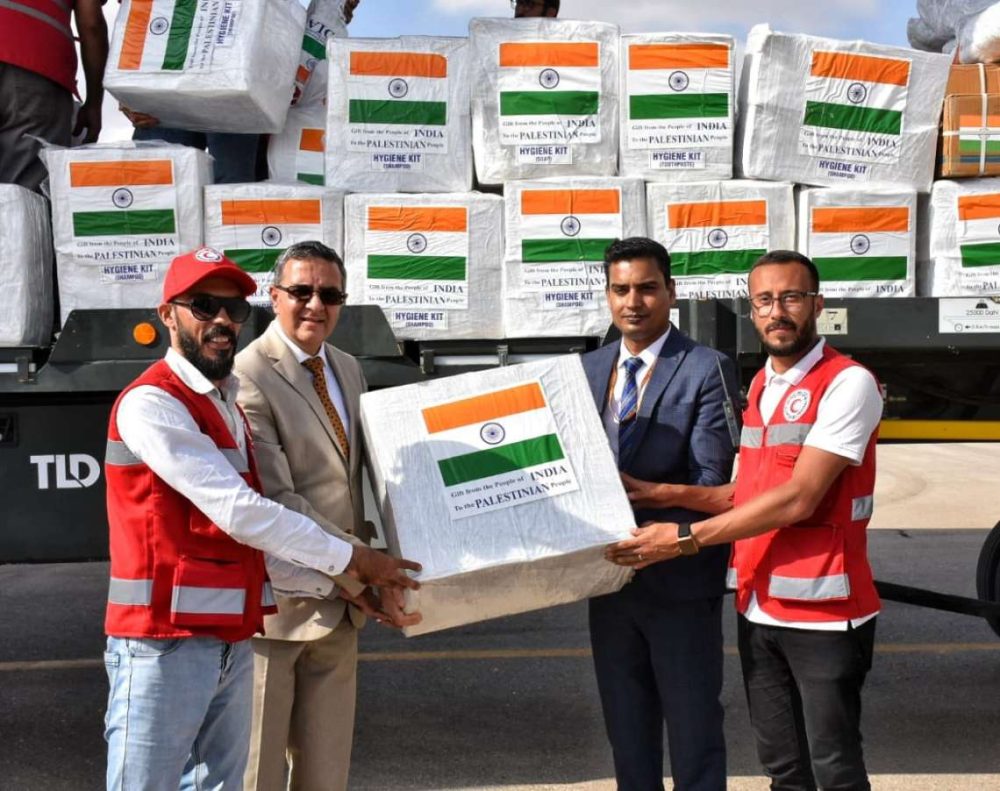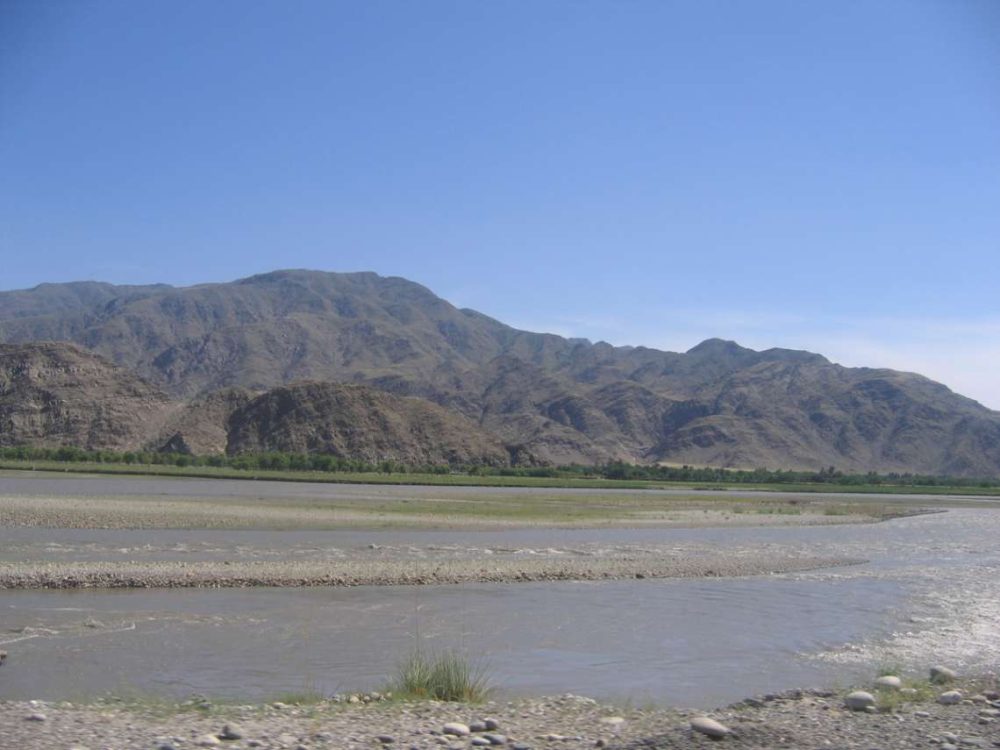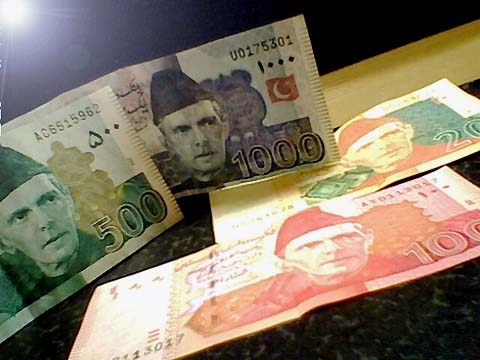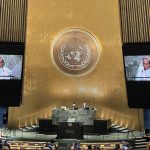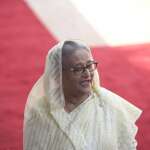There is no surprise that the rise in poverty in Bangladesh coincides with the political turmoil it is facing. Since the inception of the interim government’s regime, Dhaka has faced a multitude of challenges …Dr Aabid Hussain
The political instability in much of South Asia has led to a reversal of global poverty reduction trends. First Pakistan and now Bangladesh are adding more numbers to the worldwide headcount of the poor. There is no surprise that the rise in poverty in Bangladesh coincides with the political turmoil it is facing. Since the inception of the interim government’s regime, Dhaka has faced a multitude of challenges. The tumultuous situation of the state and the political instability in post-Hasina Bangladesh are discouraging the investors, leading to a drop in investment and industrial growth. The situation is such that the current economic condition is expected to mirror the same conditions that prevailed during the pandemic-induced economic slowdown.
The poverty rate, which refers to the number of people below the poverty line, has experienced a drastic rise over the last year in Bangladesh. The slow economic growth and high inflation are the major factors for the recent poverty increase. As per the World Bank report, the economic growth has slowed to 4.0 percent in FY25. Due to this, the poverty (measured international poverty line of $3 (2021 PPP)) is projected to rise to 8.9 percent, implying that around 1.2 million more people are vulnerable to falling into poverty. Moreover, Dhaka’s extreme poverty is expected to rise to 9.3 percent. To put it into perspective, it implies that an additional 30 lakh people will be pushed into poverty.
The macroeconomic pressures can be gauged from the deteriorating condition of the labour market. The employment ratio has fallen to 56.7 percent in 2024, and the service sector has experienced significant job losses. Moreover, the youth and women employed in the agriculture sector are often trapped in a low-skill and low-wage situation. On top of that, the urban areas lack opportunities for young graduates and women, compelling them to enter the low-paying service sector.
More than a year ago, when Mohammad Yunus’s interim government assumed power, they promised institutional reforms to fight corruption and re-establish democratic norms. On the economic front, macroeconomic stability was promised through the implementation of fiscal and monetary measures aimed at tackling inflation and meeting IMF loan conditions. However, the hopes seem to be misplaced as very little has been achieved since then. In fact, the economy has seen a regressive turn of events, with gaping poverty and unemployment issues, and a growth slowdown. The structural transformation of the economy has been marred by “jobless growth”, where the growth of the economy is not translating into sufficient, high-quality employment opportunities.
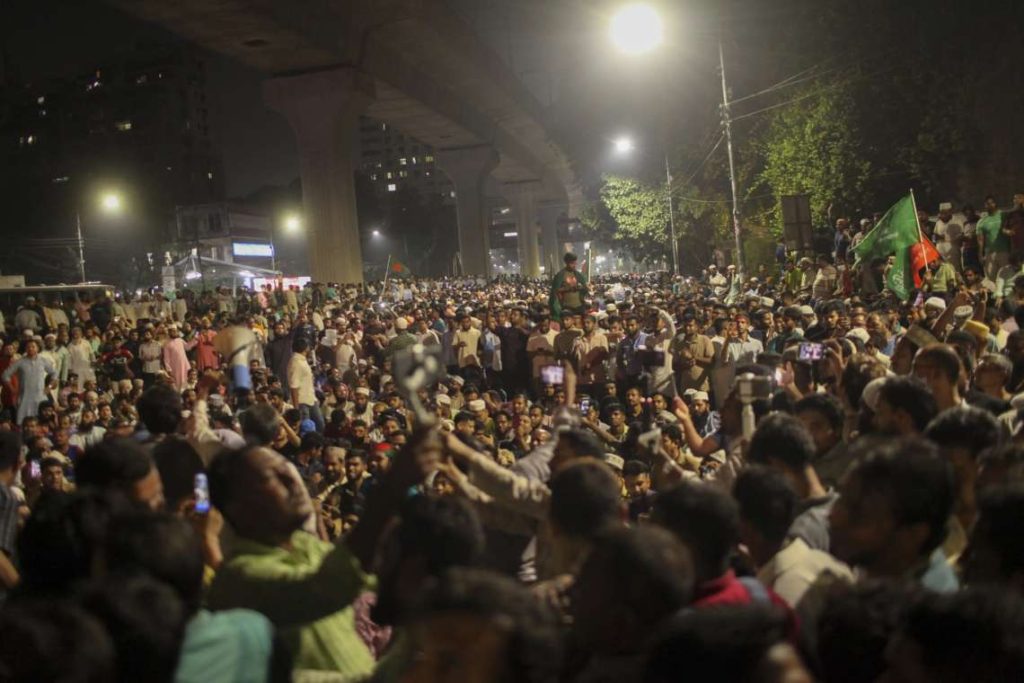
As per a recent survey by the Power and Participation Research Centre (PPRC), over one in four people in Bangladesh are now living below the poverty line, which is a drastic increase compared to the poverty estimates from 2022. Such numbers have led the policymakers and international development institutions to rethink Bangladesh’s development journey. Though Bangladesh showed rapid and high rates of economic growth and poverty reduction over time, the growth seems rather sporadic than sustained. The mirage of growth is now facing its truth as it has been found that structural fault lines are just one crisis away from reappearing. Reduction in the pace of poverty reduction (no matter how disheartening for human development) is one thing, but the reversal of poverty figures is another, and indeed more severe. It makes one contemplate, with loads of scepticism, the current model of development, when the growth is unsustainable and non-inclusive.
As per the reports by PPRC, more than 55 percent of expenditures in urban households are going toward necessities like food, crowding out the disposable funds for health, education, and savings. Thus, one has to worry not just about the people below the poverty line, but also those who are just one income or climate shock away from being pushed into poverty. Thus, a large section of the population is vulnerable to poverty, living in precarious edge of economic deprivations.
Moreover, a more nuanced picture reveals grimmer details. It is not just that more people are now finding their income/ consumption levels just below the poverty threshold. It is also important to note how far down people are from the poverty threshold (known as the Poverty Gap Ratio). A study by PPRC finds that the gap between the consumption shortfall has doubled since 2022. Thus, the greater the gap between actual consumption and poverty lines, the stronger the policy mechanism needs to be to pull them above the threshold.
A consensus is forming now that the interim government has failed Dhaka’s minority and law and order, stomped the voice of dissent , and the leadership hasn’t shown the expected statesmanship. After the disappointing developments on the human development front, the interim regime has also failed on the human rights front. In the context of the violence in Bangladesh, the UNHCR reports that, “the UN Inquiry Report has failed because of the restrictions imposed by the Interim Government headed by Dr Mohammed Yunus to investigate human rights violations only from 5 July to 15 August 2024.” Thus, the government has been defeated on the very purpose that led to its conception in the post-Hasina Bangladesh. Now, a prolonged period of waiting has begun: the unemployed youth for jobs, the minority for justice, the poor for a better life, and Bangladesh awaits the next upcoming elections.


